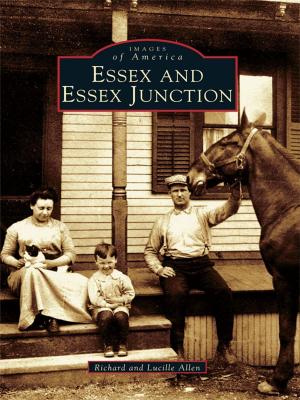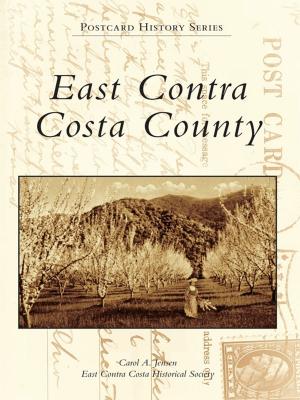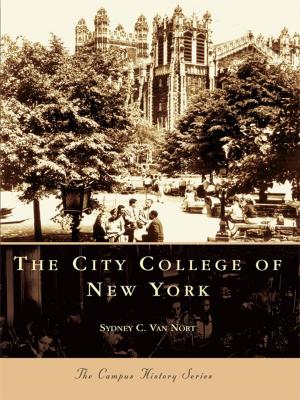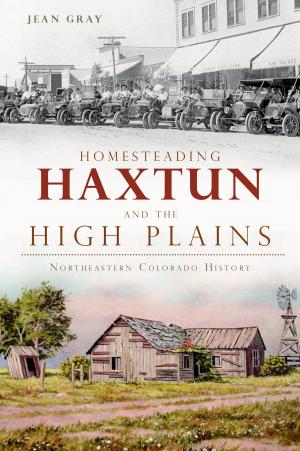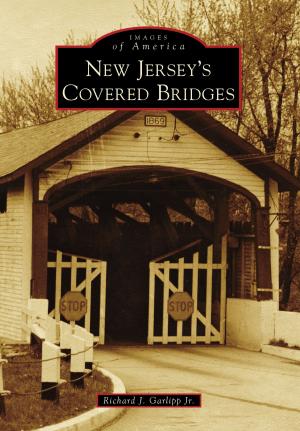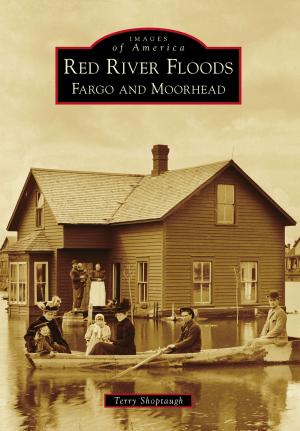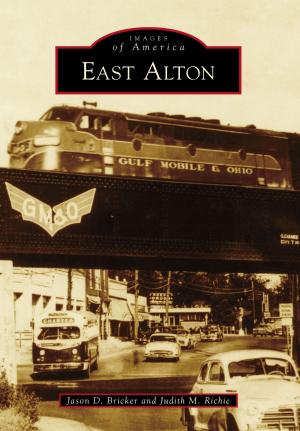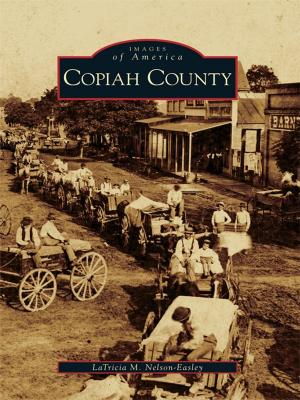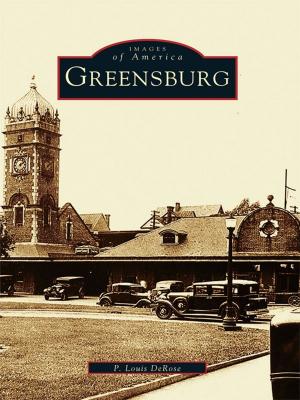| Author: | Sara E. Lewis | ISBN: | 9781439622957 |
| Publisher: | Arcadia Publishing Inc. | Publication: | March 30, 2009 |
| Imprint: | Arcadia Publishing | Language: | English |
| Author: | Sara E. Lewis |
| ISBN: | 9781439622957 |
| Publisher: | Arcadia Publishing Inc. |
| Publication: | March 30, 2009 |
| Imprint: | Arcadia Publishing |
| Language: | English |
Beyond museum restorations at Jamestown and neighboring Williamsburg, the history of America�s first county is largely unknown to many who visit or live nearby. However, they see and read a multitude of street, neighborhood, and business names that bear silent witness to the county�s history. Founded in 1634 atop ancient Algonquin Indian territory, the locality was first made up of plantations and small farms occupied by Europeans and Africans. As they spread out from �James Citie,� immigrants sited themselves near rivers and creeks. Waterways provided the earliest transportation network, but interior road maintenance was key to further development of commerce and community. After the Civil War, James City County�s population was concentrated along the Toano-Norge-Lightfoot corridor. Communities blossomed along an ancient footpath that followed the Virginia Peninsula�s spine. In the 1880s, the railroad paralleled a portion of it, and motorcars followed, making Richmond Road the county�s primary thoroughfare. Other community centers included Diascund, Croaker, Chickahominy, Centerville, and Grove.
Beyond museum restorations at Jamestown and neighboring Williamsburg, the history of America�s first county is largely unknown to many who visit or live nearby. However, they see and read a multitude of street, neighborhood, and business names that bear silent witness to the county�s history. Founded in 1634 atop ancient Algonquin Indian territory, the locality was first made up of plantations and small farms occupied by Europeans and Africans. As they spread out from �James Citie,� immigrants sited themselves near rivers and creeks. Waterways provided the earliest transportation network, but interior road maintenance was key to further development of commerce and community. After the Civil War, James City County�s population was concentrated along the Toano-Norge-Lightfoot corridor. Communities blossomed along an ancient footpath that followed the Virginia Peninsula�s spine. In the 1880s, the railroad paralleled a portion of it, and motorcars followed, making Richmond Road the county�s primary thoroughfare. Other community centers included Diascund, Croaker, Chickahominy, Centerville, and Grove.

